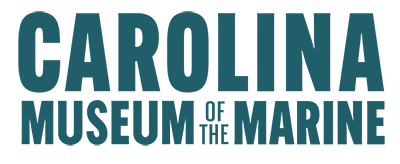Vol 1 No 9 September 2022 FRONT AND CENTER – The Cost of Freedom
FRONT AND CENTER
Vol. 1, No 9, September 2022
Mission
Honoring the legacy of Carolina Marines and Sailors and inspiring future generations.

What did it cost our forefathers to sign the Declaration of Independence?
A Message from the CEO
It is an honor and privilege to join the team of professionals at the Carolina Museum of the Marine. It is humbling and inspiring to be part of a team that has tirelessly worked to keep this mission moving forward. I have much to learn, but there is one thing for certain, we are going to build a Museum that every Marine and Sailor will be proud of.
One of the greatest gifts I was given from my parents was a love of country and the importance of selfless service. I get goosebumps when I hear the Star-Spangled Banner and one of my earliest memories of my Dad is at a baseball game when the people in front of us did not stand up during our National Anthem. My Dad went after them (I was scared, and a bit freaked out as a little kid), but they got the message, and they were quickly standing tall. I learned early on to be a Patriot.
Following my Dad’s example, I joined the Marine Corps and was blessed to serve our Nation for over 30 years. I love the Marine Corps and I love Marines. I grew up in the Marine Corps as both a dependent and as a Marine. I have lived at Camp Lejeune as a kid and as a Marine. My wife’s Dad is a retired Sergeant Major and she is from Lexington, NC. After graduating from UNC Wilmington, she taught school on Lejeune (Stone Street Elementary), and we got married at the church on base. This is home for us, and we love North Carolina.
To be selected as the CEO, is a true honor. The significance of this mission resonates deeply in my heart, and it captures everything I believe in. There is no team I would rather be part of.
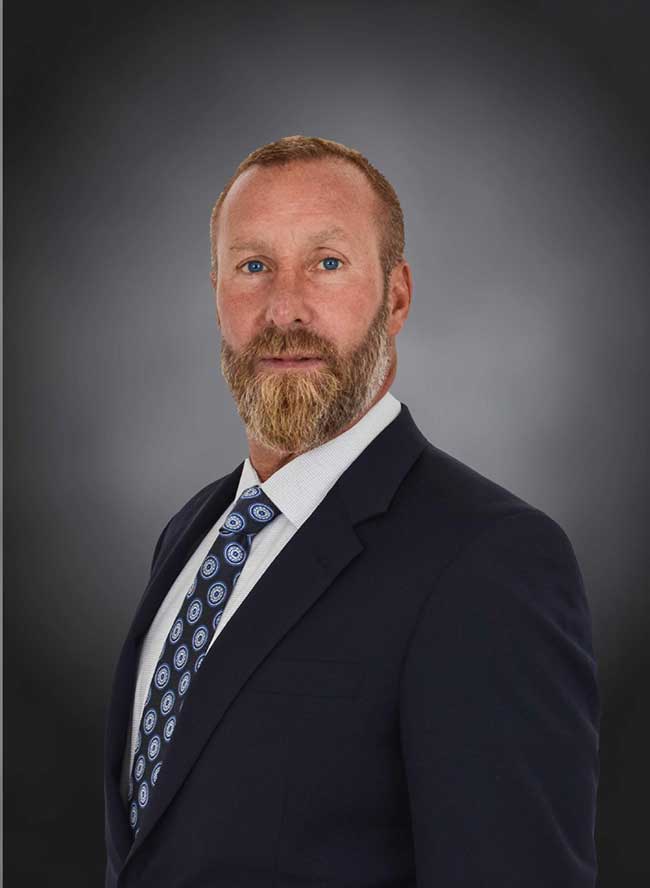
BGen Kevin Stewart, USMC (Ret)
Al Gray Marine Leadership Forum Essays
The intent of these essays is to create civil discourse and spur thought. In line with our mantra of “teaching how to think, not what to think” these essays are complex, and the issues addressed are difficult to navigate without sparking some disagreements.
We welcome this, as we work to inspire principled and committed leaders.
The Purpose of Law in a Free Society
by James Danielson, PhD
On August 24, 410 A.D., an army of the Germanic Visigoth tribe invaded and sacked Rome. The attack shocked people of the Mediterranean world and many began to believe that the ancient gods of Rome were punishing Romans for abandoning them in favor of the Jewish God, Jesus of Nazareth. In response to this furor, St. Augustine, a Christian bishop in North Africa, in what today is the country of Algeria, produced one of the most important books ever written. The book is The City of God, in which Augustine advances a philosophy of history that dominated western thought for more than a thousand years. He decisively de-divinized Roman history, and with it swept away the gods of Rome. Importantly, he describes human societies as comprised of two incompatible cities: the city of God, and the city of man. At the beginning of this book, the first of more than a thousand pages, Augustine introduces the idea of the city of man saying: “Therefore I cannot refrain from speaking about the city of this world, a city which aims at dominion, which holds nations in enslavement, but is itself dominated by that very lust of domination.” Augustine wrote in Latin, and in that language the “lust of domination” has a lyrical sound: libido dominandi. This affliction is a product of inordinate self-love, which Augustine takes to be the defining characteristic of the city of man.
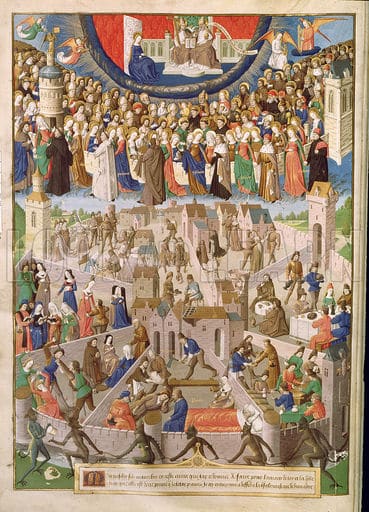
Augustine writes that we can distinguish the inhabitants of the two cities in the world by considering what they most love. In the city of God, people love God, and because God is not finite, there is no scarcity in his love, and thus residents of the city of God are not in competition one with another for possession of a scarce good. In the city of man, each one loves himself above all, and this is what leads to suspicion, envy, and conflict because people must compete for the limited positions of wealth, status, and power. This situation, Augustine argues, aggravates the affliction many people have of lusting to dominate others. However, God has determined that the two cities will exist side-by-side until the end of the age, when God will put an end to human affairs and inaugurate the age to come. In the meantime, there will be clashes between the two cities owing to the uncontrollable urges of the residents of the city of man to dominate, control, and determine how others will think, speak, and live, and certainly to extract revenues from them. This is what happened in Rome, Augustine argues, and it will mark human history until its end.
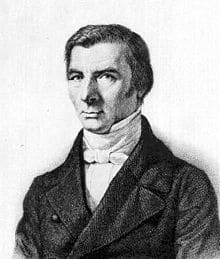
Is it possible, then, to govern ourselves in a way that restricts the ability of those seeking domination to get their way? One of the best answers given to this question was written in 1850 by a French economist named Frederic Bastiat. In The Law, Bastiat offers a clear and elegant defense of law as the bulwark of liberty. He begins his treatment of law observing that we human beings possess the gift of life from God Who has entrusted us with the work of “preserving, developing, and perfecting” our lives. This work requires that we apply our faculties to the development of the natural resources around us in order to produce the various goods needed to accomplish the task God has given us. “Life, faculties, production—in other words, individuality, liberty, property—this is man.”[i] Since we are required to govern ourselves, we must organize for this purpose and make laws for our good order. The goal of society, including government, is human flourishing. So law is, to paraphrase Bastiat, social organization in defense of individual liberty and property rights.
“Each of us has a natural right—from God—to defend his person, his liberty, and his property. These are the three basic requirements of life, and the preservation of any one of them is completely dependent upon the preservation of the other two. For what are our faculties but the extension of our individuality? And what is property but an extension of our faculties? If every person has the right to defend even by force—his person, his liberty, and his property, then it follows that a group of men have the right to organize and support a common force to protect these rights constantly. Thus the principle of collective right—its reason for existing, its lawfulness—is based on individual right. And the common force that protects this collective right cannot logically have any other purpose or any other mission than that for which it acts as a substitute. Thus, since an individual cannot lawfully use force against the person, liberty, or property of another individual, then the common force—for the same reason—cannot lawfully be used to destroy the person, liberty, or property of individuals or groups.”
CAROLINA MARINES
Marine Corps Base Camp Lejeune
Marine Corps Air Station Cherry Point
Marine Corps Air Station New River
Marine Corps Camp Geiger | Marine Corps Camp Johnson
Marine Corps Recruit Depot Parris Island
Marine Corps Air Station Beaufort
Marine Corps Auxiliary Landing Field Bogue
Marine Corps Outlying Field Camp Davis
Marine Corps Outlying Field Oak Grove
This issue of FRONT AND CENTER features
Marine Corps Outlying Field Camp Davis
Marine Corps Outlying Field (MCOLF) Camp Davis is a military use airport northeast of the central business district of Holly Ridge, in Onslow County, North Carolina. It is used as a training facility by the United States Marines of Camp Lejeune and Marine Corps Air Station New River.
Camp Davis was built in December 1942 by the United States Army as an anti-aircraft artillery training facility. Attached to the First Army, Fourth Corps Area, it held a complement of approximately 20,000 officers and soldiers and was an expansive facility consisting of more than 3,000 buildings on 45,538 acres with access provided by newly built railroad spurs leading into the camp.
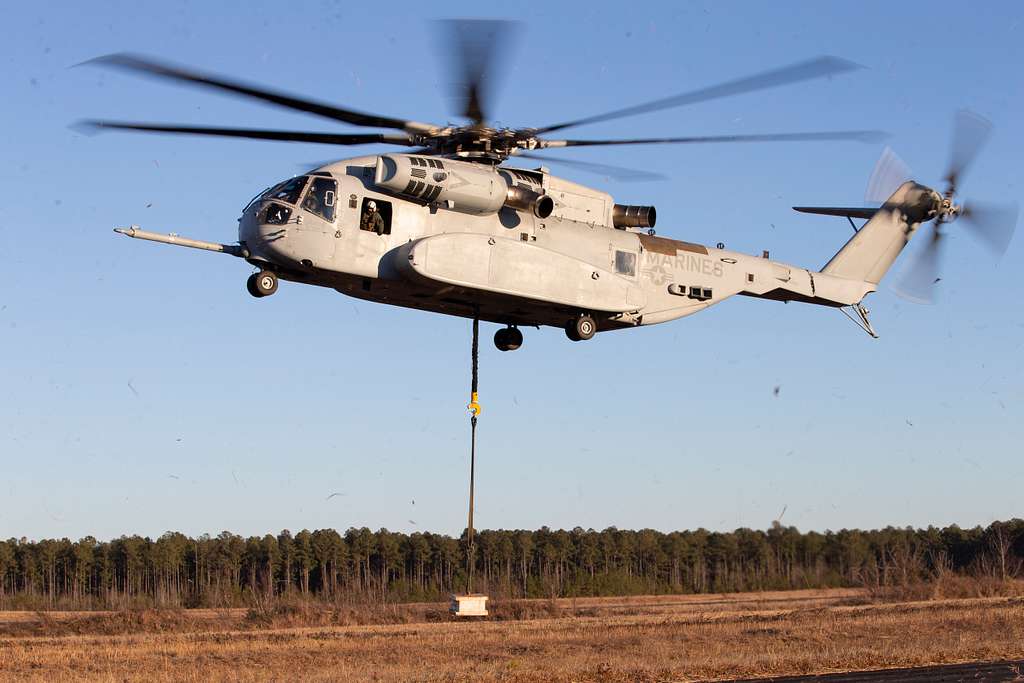
Between 1942 and 1943, two 5,000 feet paved runways were built for Camp Davis Army Air Field (AAF). Part of the runway for the airfield was built through one of the through the walls of the Civil War fort. Camp Davis AAF’s Runway 5/23 was wider and was intended for use by transports, while Runway 19/01 was narrower and intended for use by single-engine aircraft. Most of the aircraft operated from Camp Davis runways were single-engine aircraft used to tow targets for the anti-aircraft artillery units. Women Airforce Service Pilots (or “WASPs”) towed targets at Camp Davis. At least two were killed in flying accidents there.
During World War II Camp Davis housed approximately 550 German prisoners. In 1944 the anti-aircraft training facility was transferred to Fort Bliss, and on 17 February 1946, Camp Davis was closed.
In June 1946, a portion of the Camp Davis area formerly used by the Army as the Coastal Artillery Anti-Aircraft Firing Range (present-day Surf City, North Carolina) was transferred to the United States Navy. The Navy temporarily used the site for the development and testing of early surface-to-air missiles under the name Operation Bumblebee until 28 July 1948 when Camp Davis was declared surplus and dismantled for salvage and sale. At that time, the Navy apparently gave up the leases on the land, and it was returned to the original landowners.
The Marine Corps took out a new lease in 1954 for approximately 955 acres on the former Camp Davis airfields & surrounding land from International Paper Company. In recent years, the Marine Corps has used Camp Davis as a landing field for helicopter units based at nearby Marine Corps Air Station New River. MCOLF Camp Davis has two runways which are designated 5/23 and 18/36.
(Photo https://www.2ndmaw.marines.mil/Photos/igphoto/2002602432/)
Please join us in supporting the mission of
Carolina Museum of the Marine
When you give to our annual campaign, you help to ensure that operations continue during construction and when the doors open!
Stand with us
as we stand up the Museum!
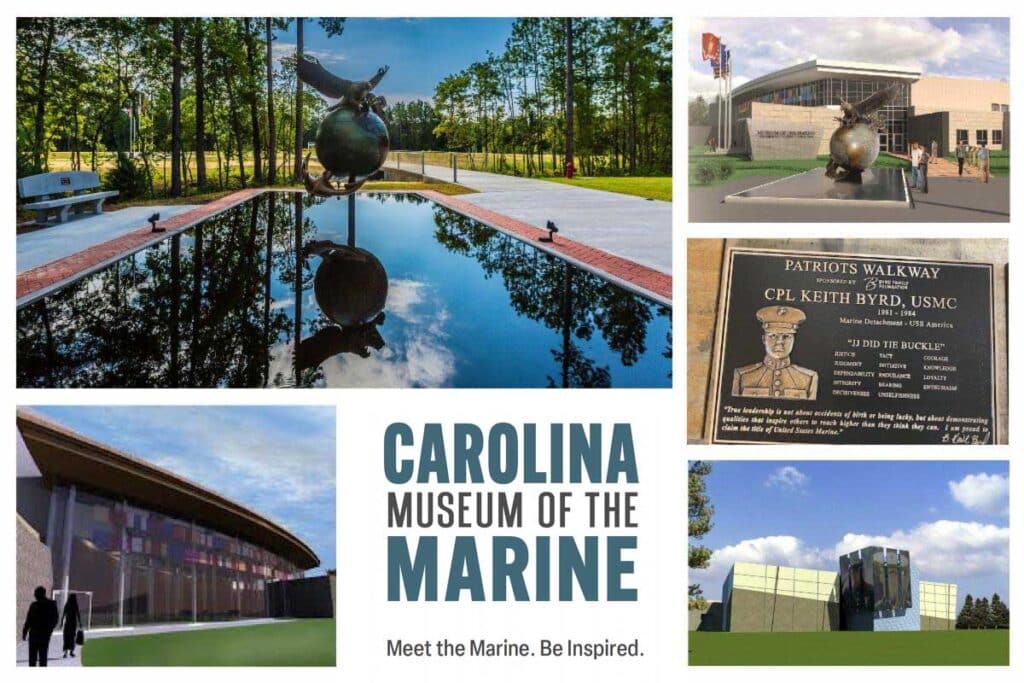
Copyright September 2022
Carolina Museum of the Marine
2021-2022 Board of Directors
Executive Committee
Mr. Mark Cramer, JD – Acting Chair and Vice Chair
CAPT Pat Alford, USN (Ret) – Treasurer
Col Joe Atkins, USAF (Ret) – Secretary
Col John B. Sollis, USMC (Ret) – Immediate Past Chair
General Al Gray, USMC (Ret), 29th Commandant – At-Large Member
LtGen Gary S. McKissock, USMC (Ret) – At-Large Member
Members
Mr. Terry Branton
Mr. Tom DeSanctis
MGySgt Osceola Elliss, USMC (Ret)
Col Chuck Geiger, USMC (Ret)
Col Bruce Gombar, USMC (Ret)
LtCol Lynn “Kim” Kimball, USMC (Ret)
CWO4 Richard McIntosh, USMC (Ret)
CWO5 Lisa Potts, USMC (Ret)
Col Grant Sparks, USMC (Ret)
GySgt Forest Spencer, USMC (Ret)
Staff
BGen Kevin Stewart, USMC (Ret), Chief Executive Officer
Ashley Danielson
SgtMaj Joe Houle, USMC (Ret), Operations and Artifacts Director
Richard Koeckert, Accounting Manager
Carolina Museum of the Marine is a nonprofit organization that is rigorously nonpartisan, independent and objective.


